To my knowledge, a conventional transformer is a balun - you simply connect a single-ended signal at the primary side, you get the balanced signal at the secondary side - magnetic coupling doesn't care where the ground is. It also automatically offers DC isolation.
But I see broadband RF mixers and amplifiers have a center-tap at the balanced side as well, for example Mini-Circuit offers a lot of baluns with center-tap. I often see the tap is grounded (or sometimes AC-coupled to ground), and seems to serve no purpose (*).
I found an application note from Mini-Circuit, AN-20-002: Application Note on Transformers, it says,
For Balun applications, choose a balun with center tap on balanced side as it provides excellent amplitude and phase balance.
In other words, a balun with an unconnected center-tap (or without one), has worse amplitude and phase balance than a center-tapped balun? Why? So a connection to ground can force the center to be at common ground potential, thus making the balanced side to have better balance?
(*) I know in double balanced diode mixers, a center-tap is needed to extract IF signal. I also read that a grounded center-tap can remove excessive common-mode voltage at the balanced side, that may degrade the performance of a differential amplifier. But I'm asking about the balun device, not its applications.
